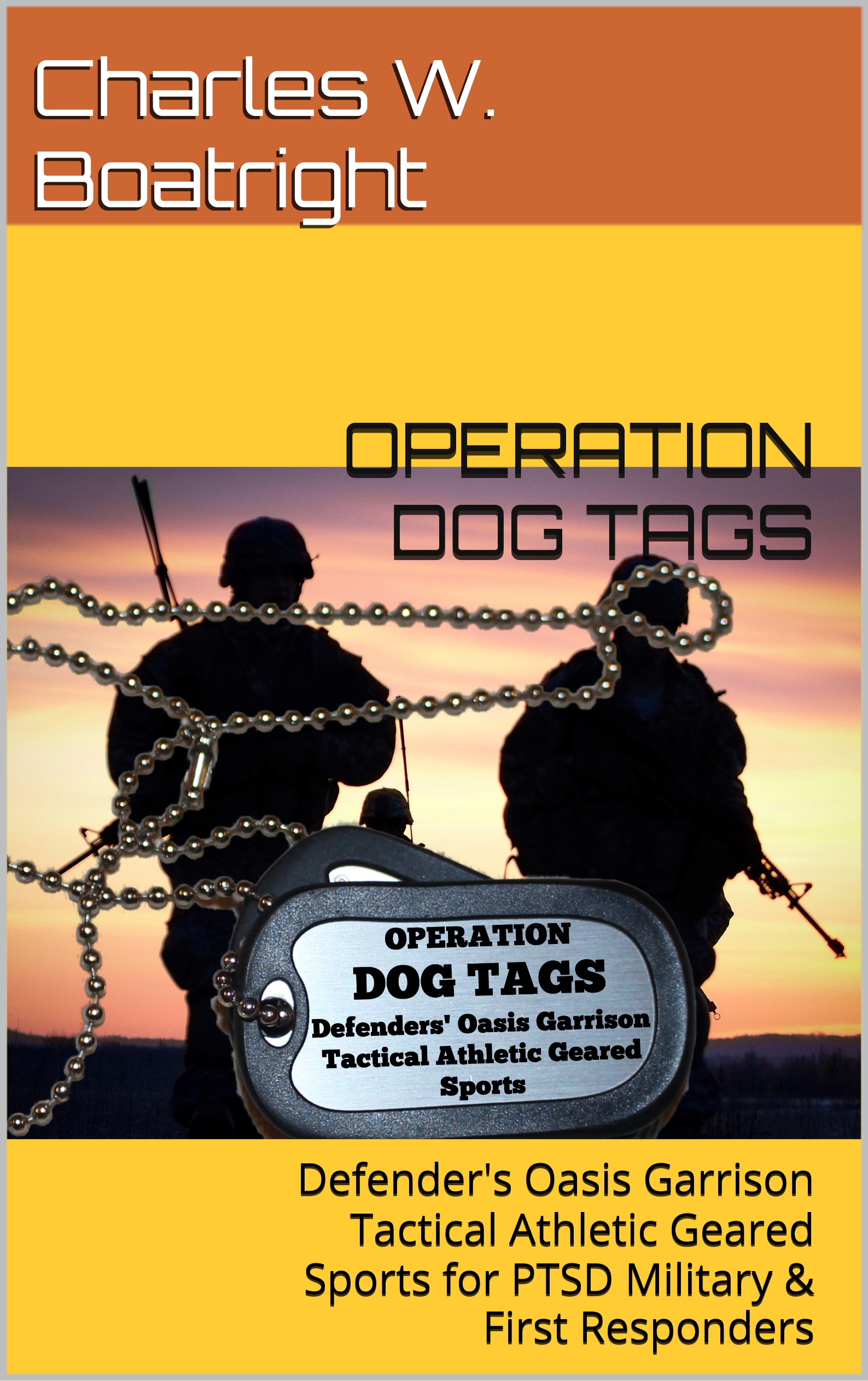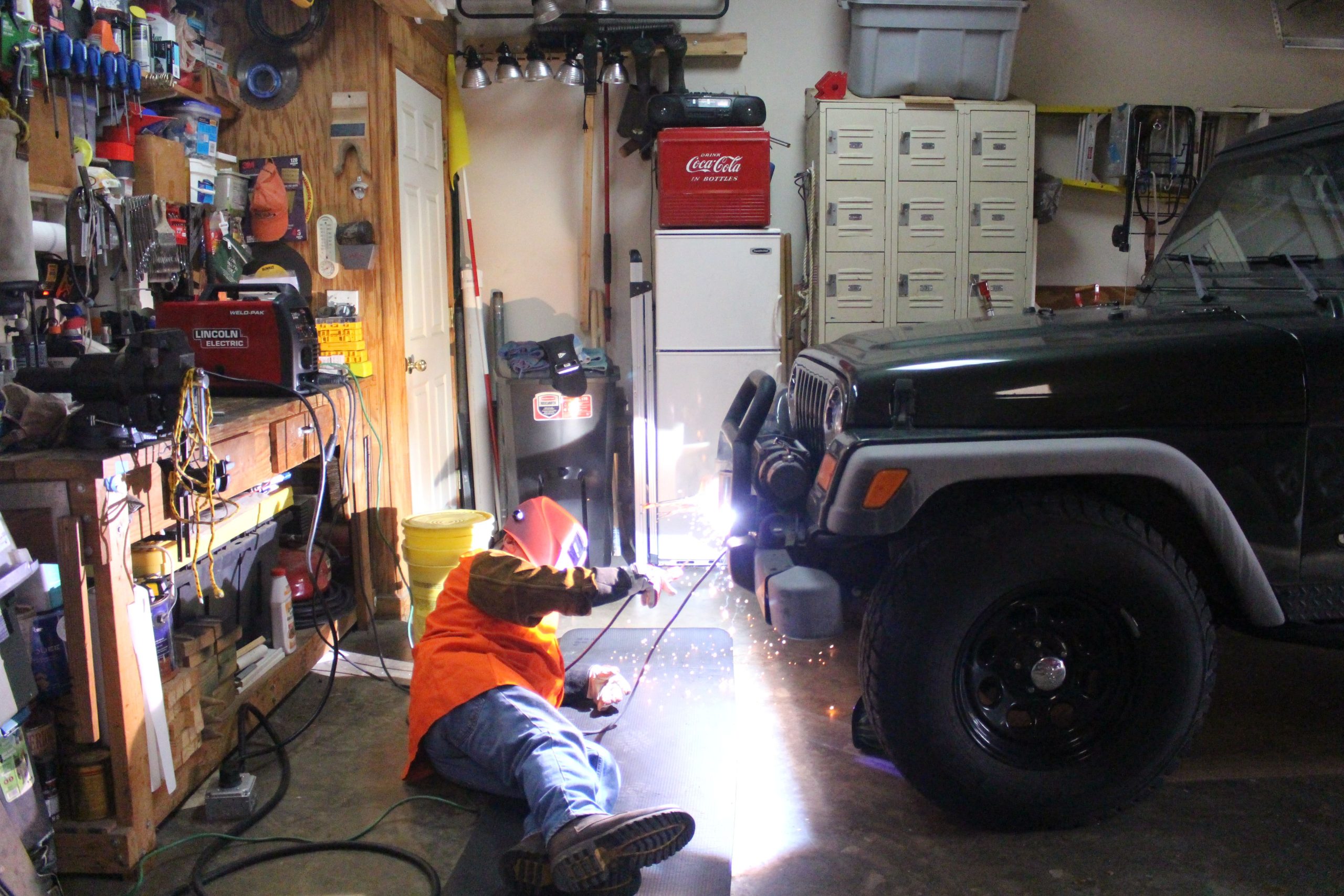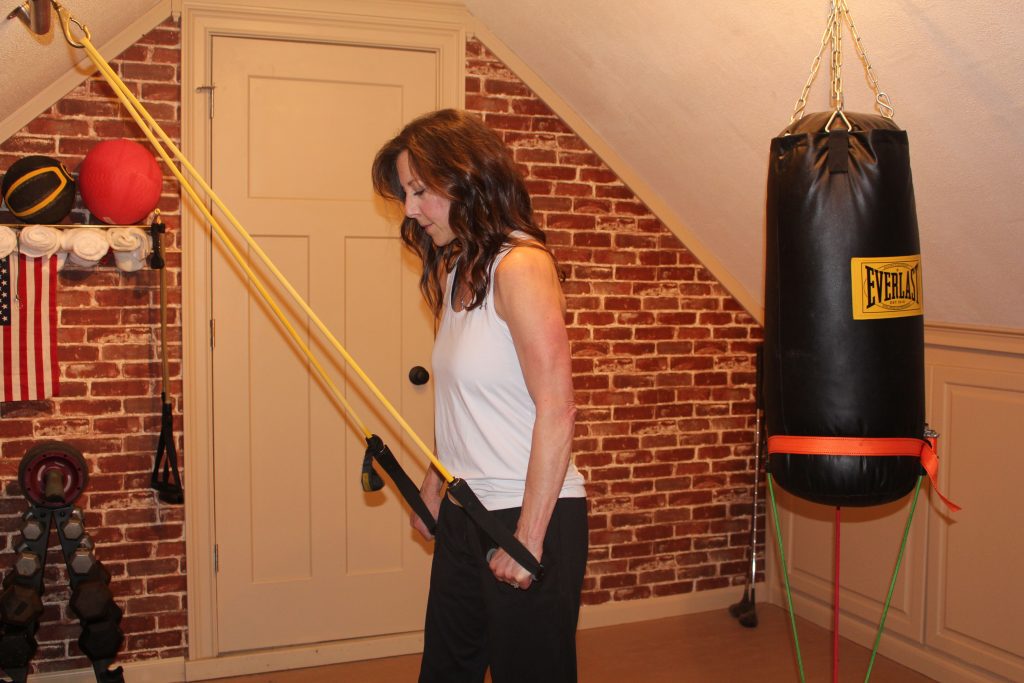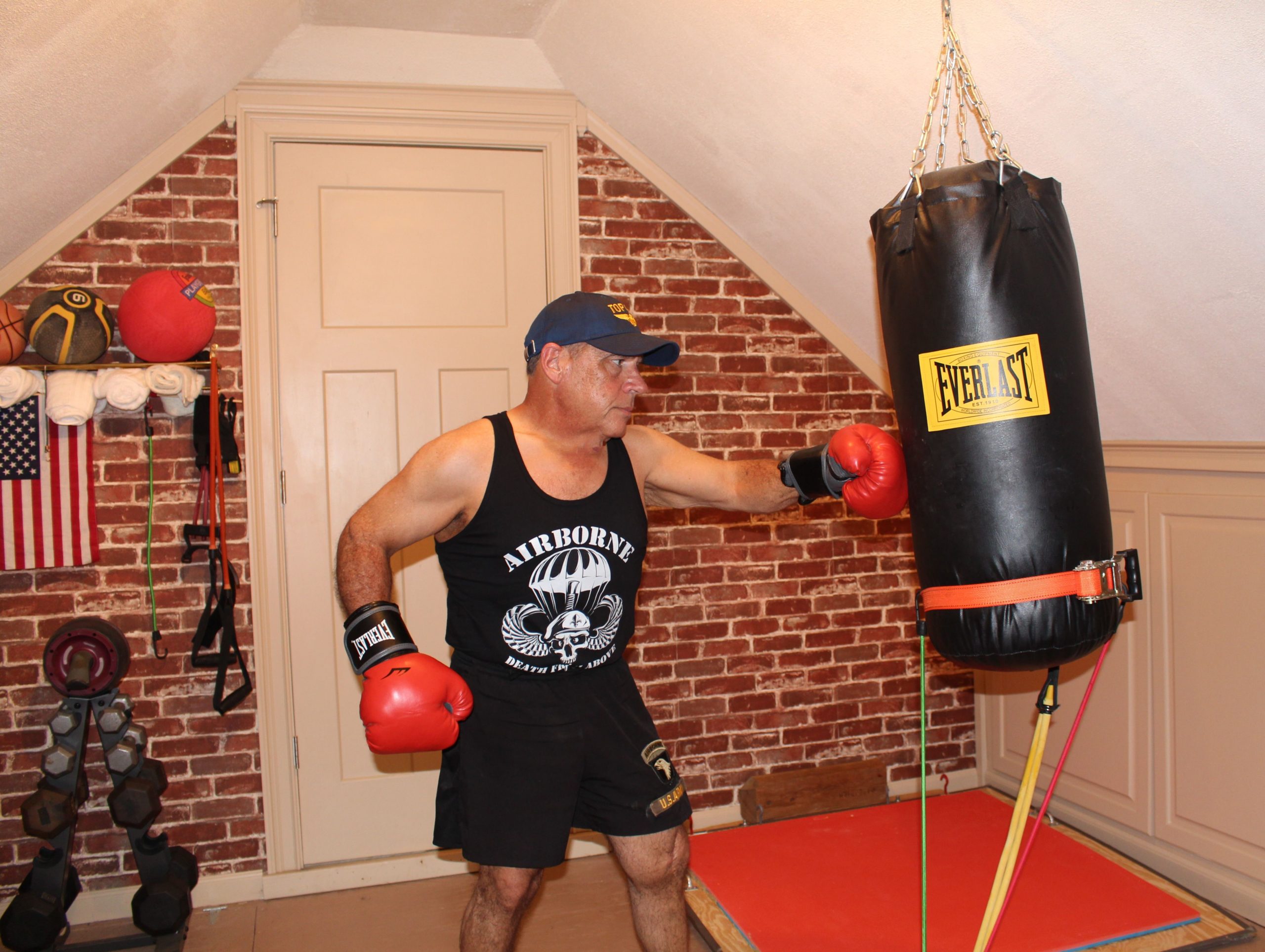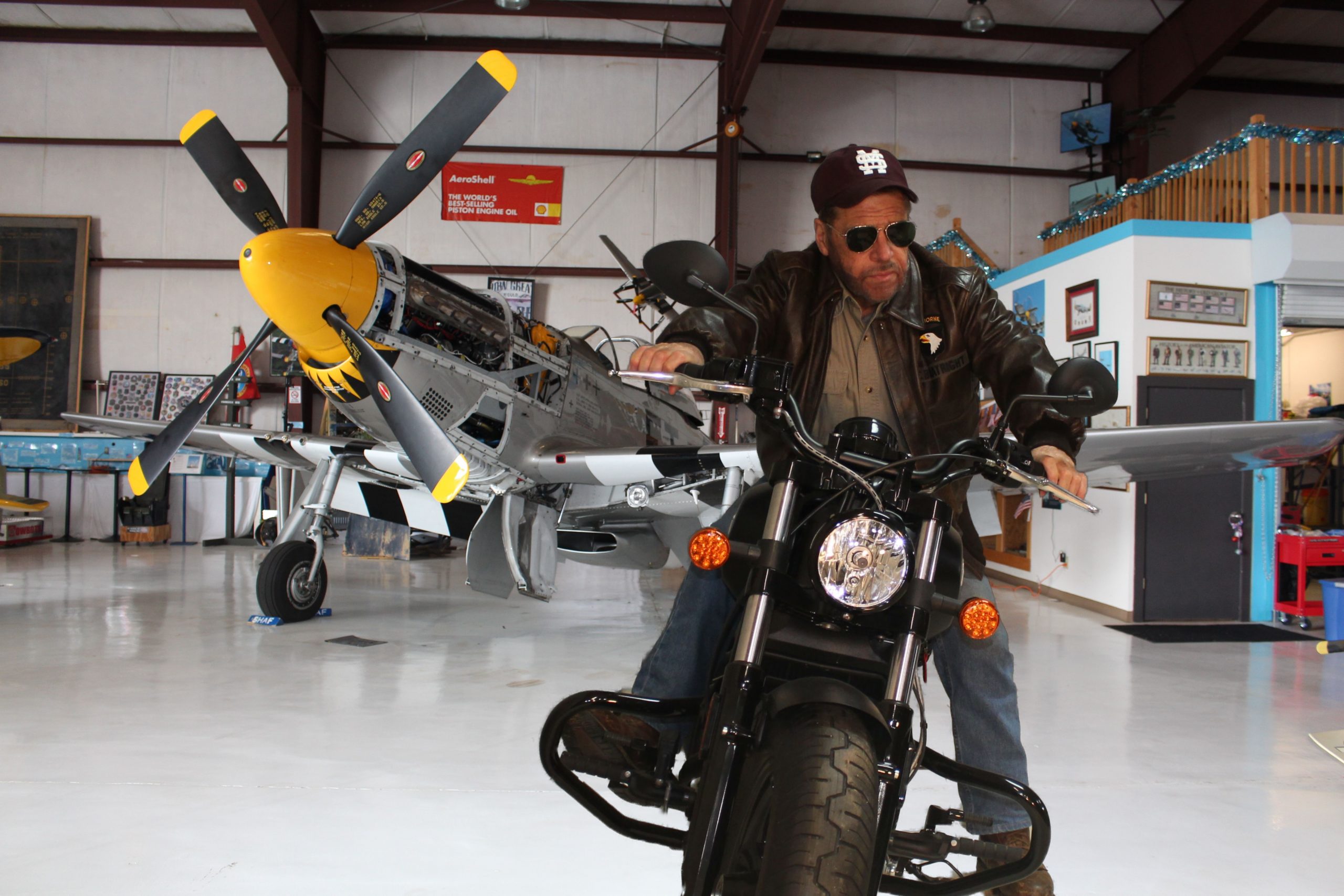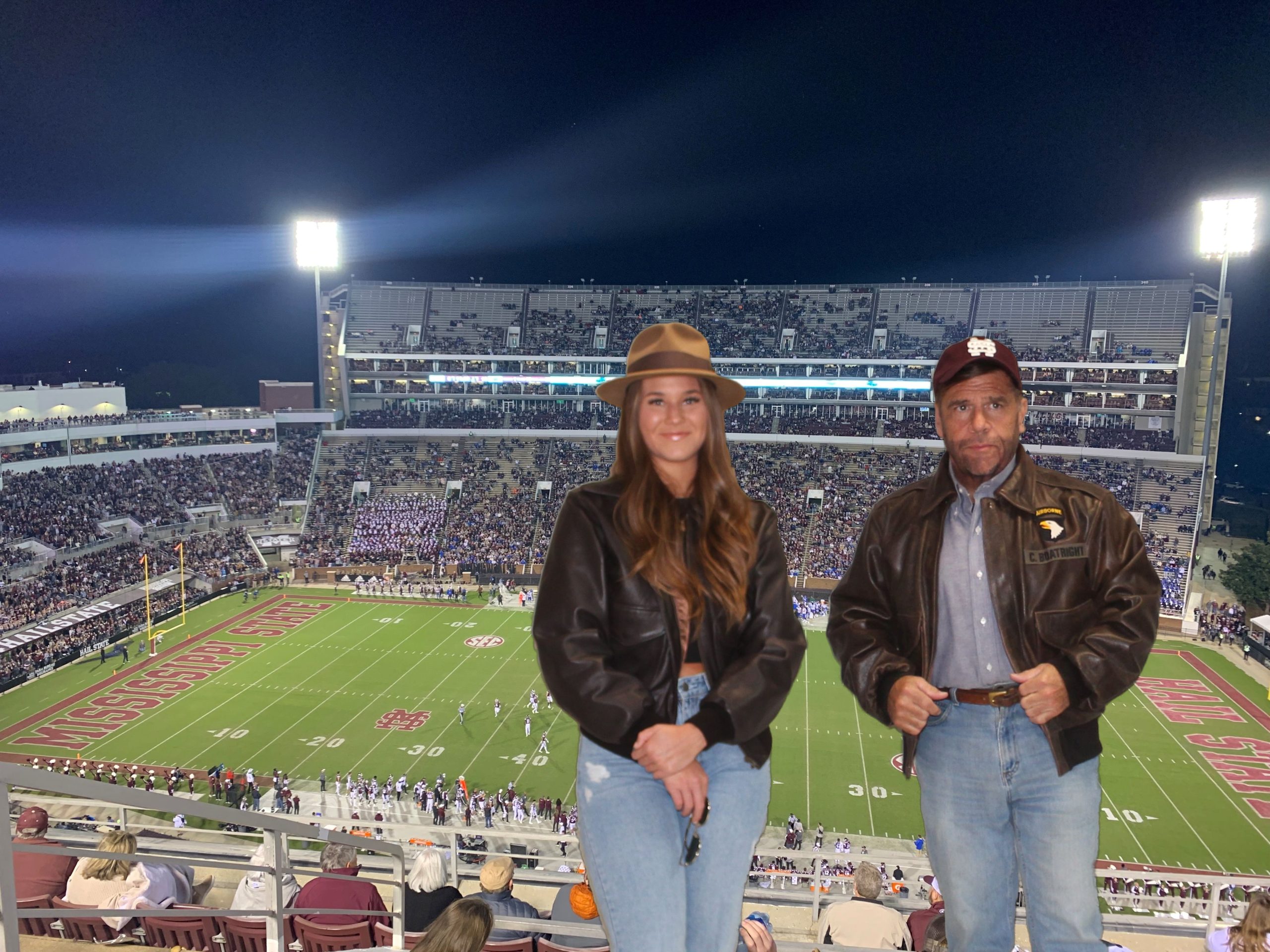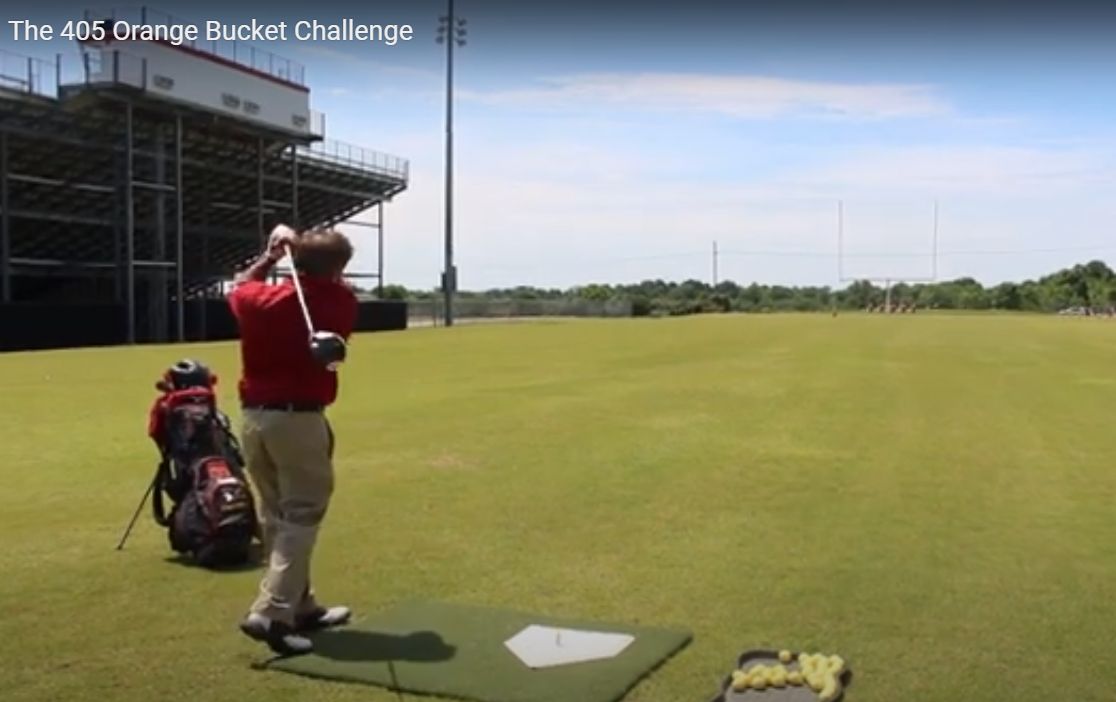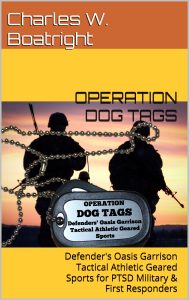Description
Operation DOG TAGS Uses Health, Fitness, Athletics, and Sports to address PTSD (Post-Traumatic Stress Disorder or Condition) in our Military and our First Responders has been very effective therapy.
Cognitive Behavioral Therapy (CBT) has been used to help athletes dealing with slumps and people that are dealing with PTSD‘s for multiple reasons. Physical therapy that includes athletic fitness and sporting activities in team sports setting are great techniques to address these symptoms of PTSD’s or even slumps in performance. There are other benefits in having a Health and Fitness program that even includes Yoga and cardio-aerobic with strength training for your general health and wellbeing. This includes developing skilled hobbies.
We use our senses (sight, hearing, touch, smell, taste, and our sixth sense, our gut or intuition) to detect threats and conditions in our environments that we can respond to appropriately. But these can often cause anxiety or stress to occur if we can’t adequately assess the situation if it is a real threat or not.
Even perceived threats can kick in the survival model skills type reaction to either fight or to flight. If there is no actual threat, we have no means to either mitigate or avoid a particular situation that relates to a dramatic event that has occurred causing a nightmare scenario to reoccur day or night, especially with those dealing with PTSD’s.
Our natural responses are instinctive and are subconscious or unconscious based. Our senses trigger these natural responses that are heavily influenced by prior dramatic experiences. These nightmare scenarios occur in the subconscious mind that can’t differentiate between an actual or a virtual threat.
These nightmare scenarios occur according to how the subconscious mind functions based on Rules No. 1 and No. 2 of the Subconscious Mind, posted below. This is one reason that dreams can actually seem real causing anxiety and stress with elevated heart rate and rapid breathing even while sleeping. To a person dealing with PTSD, these are often described as nightmares scenario events.
But an effective way to deal with and mitigate these nightmare scenarios is to deal with the triggers mechanism that causes anxiety and stress elevating our adrenaline to flood our nervous systems and develop panic and fear to occur. Athletes have this same anxiety and fear much the same way as those with PTSD have to deal with the nightmare of anxiety and fear.
TEN Rules of the Subconscious Mind–
- The subconscious mind does not differentiate between visualizations and real situations.
- The subconscious mind has no concept of time.
- The Quicker and longer the subconscious mind believes and proves something, the harder it will be to alter this belief in any way.
- Every thought causes a physical reaction. The subconscious mind can’t distinguish between a positive or negative thought.
- What you expect tends to be realized.
- Finding proof of your beliefs strengthens them.
- The subconscious mind always prevails in conflicts with the conscious mind.
- An idea, once accepted, will remain firmly in place until it is replaced by another.
- The greater the conscious effort reduces the subconscious intuitive response.
- Suggestions and beliefs can be used to “program” the subconscious mind.
Those dealing with PTSD will find that athletics and fitness activities greatly benefit not just the body, but the mind allowing the mind to decompress and release endorphins to relieve stress for a sense of mindfulness and well-being. This allows the mind to analyze hidden triggers causing stresses and anxieties during active mediation.

